Caroline van der Merwe
R250“I think an artist must be a master of his craft, he must know it so well, he must not have to worry about the craft side of his work, and is free t express his sensations, ideas or emotions.” – Caroline van der Merwe
Showing 17–32 of 34 results

“I think an artist must be a master of his craft, he must know it so well, he must not have to worry about the craft side of his work, and is free t express his sensations, ideas or emotions.” – Caroline van der Merwe
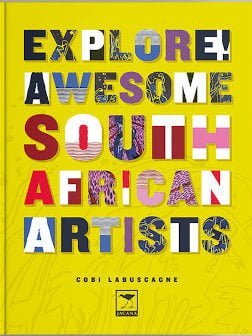
Let children jump into the lively and flourishing local art scene, see it in full colour, learn about the diverse paths of the artists and their fascinating artworks. In time your little wonder will soon have found their own South African art hero to look up to!

This book consists of 2 sections. In the first part Gordon Froud looks back over two decades of art making. The second part serves as a catalogue for two exhibitions: Modular Repetition, University of Johannesburg Gallery, 2008, and Second Hand Process, Worldart Gallery, Johannesburg, 2008. Both exhibitions were submitted in partial fulfilment of the requirements for the degree of Magister Technologiae: Fine Art in the Department of Visual Art at the University of Johannesburg.

Discovering the Object refers, in the first place, to the work of Guy du Toit. In the second place, it proposes the book itself as an object to discover.
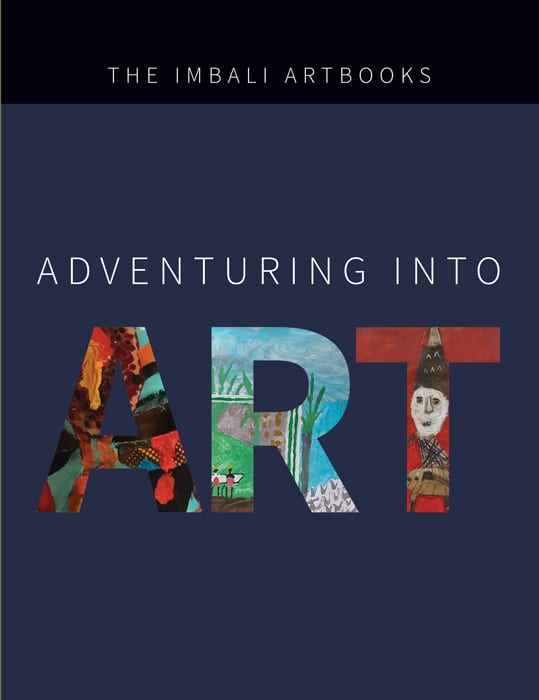 Out of stock
Out of stockThrough these books, young people will discover this world of art by looking, thinking and discussing, by making and doing, by exploring different materials, and by expressing visual ideas of their own. The Imbali Artbooks consist of a box set of eight books. The series is structured around a number of themes and each chapter raises interwoven topics, issues and ideas that are engaging and relevant to young people in the 21st century.

A catalogue of all works displayed at the Johannesburg Biennale of 1995. Please also be aware that the binding of the book is quite old and fragile.
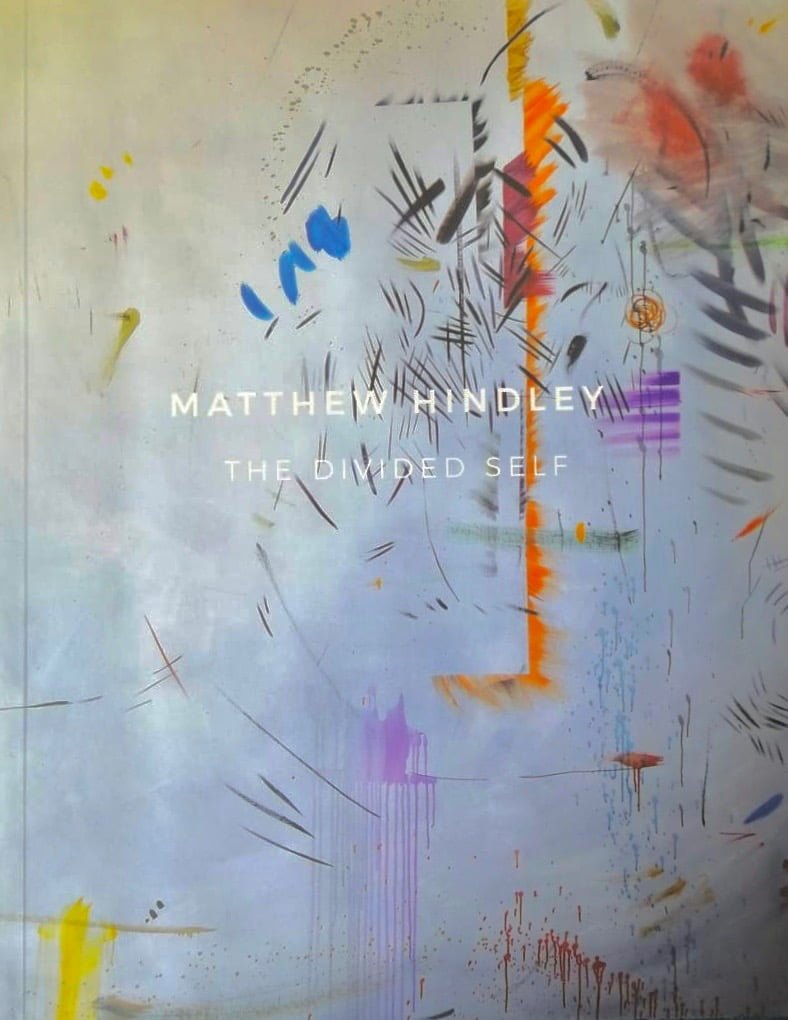
Accompanying catalogue for Matthew Hindley’s 2018 exhibition, The Divided Self.
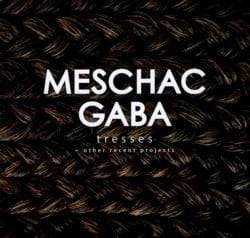
This catalogue features an essay by Johannesburg Art Gallery curator Khwezi Gule, and an interview with Gaba by Joost Bosland highlighting the importance of humour and play in Gaba’s work.
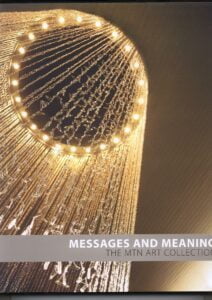
In September 1997 MTN, one of the leading cell phone companies in South Africa, made a modest purchase of artworks by South African artists. This marked the beginning of what was to become a major corporate collection of South African art, comprising some 1400 African and South African works. It has been energetically researched, traveled, exhibited, discussed, debated and admired. With this new book, the MTN Art Collection has come of age.
Messages and Meaning aims to be an informative, diverse, and sumptuous read for years to come. The book was launched simultaneously to the first national touring exhibition of the MTN Art Collection in 2012.
 Out of stock
Out of stockNicholas Hlobo’s first monograph, published on the occasion of the Standard Bank Young Artist Award, traces his work from 2005 to 2009, including the making of his SBYA exhibition.

Penny Siopis’ Grief brings together a series of small glue and ink paintings on paper – occasionally with the addition of oil and collage elements – produced over a period of two years following the experience of devastating personal loss. The ‘Notes’ are bought together for the first time, accompanied by a poetic text by the artist that draws on writings by the likes of Mahmoud Darwish, Roland Barthes and Joan Didion on grief, concluding with Emily Dickinson:
‘After great pain, a formal feeling comes –’

For the first time, Penny Siopis’ Shame paintings, produced between 2002 and 2005, are brought together in monographic form as a companion to her new series of Notes, collectively titled Grief. These small mixed media paintings (including mirror paint, oil, enamel, glue, watercolour, paper varnish and found objects) are ‘intimate imaginings of childhood sexuality and dread’.
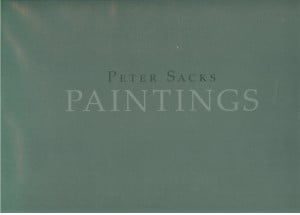
The shifting confluences of poetry and painting elements of narrative, music, metaphor or symbol, as well as those of envisioning and evoking rather than depicting arrive at visual concerns at once bodily, topographical and architectural throughout the work of Peter Sacks.
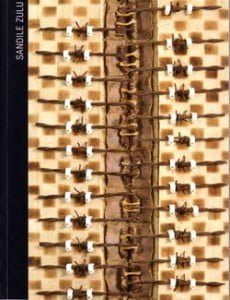
TAXI-012 SANDILE ZULU, the 12th title in the TAXI Art series, is the first book on the work of Sandile Zulu. Over the last decade, Zulu has developed a working method that relies as much on rhythm and repetition as it does on the unpredictability of the elements – fire, water, found objects – he uses. He is, as Colin Richards notes in his meticulously researched essay, a pyromancer, a collector of natural elements, and a scavenger after industrial debris.
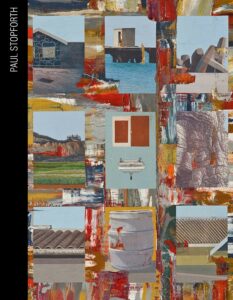
Paul Stopforth is known in South Africa for work that comments on the harshness and injustices of life under apartheid. His art – comprising sculpture, drawing, painting, and printmaking – is not, however, narrowly political but instead occupies a space ‘between the material and the spiritual, imaging finitude and mortality’.

In this title Retief van Wyk documents the ceramic works produced by Robert Hodgins with his assistance and the well researched essays explore the influences which form Hodgins’ art and the nature of the ceramic works.
No products in the basket.